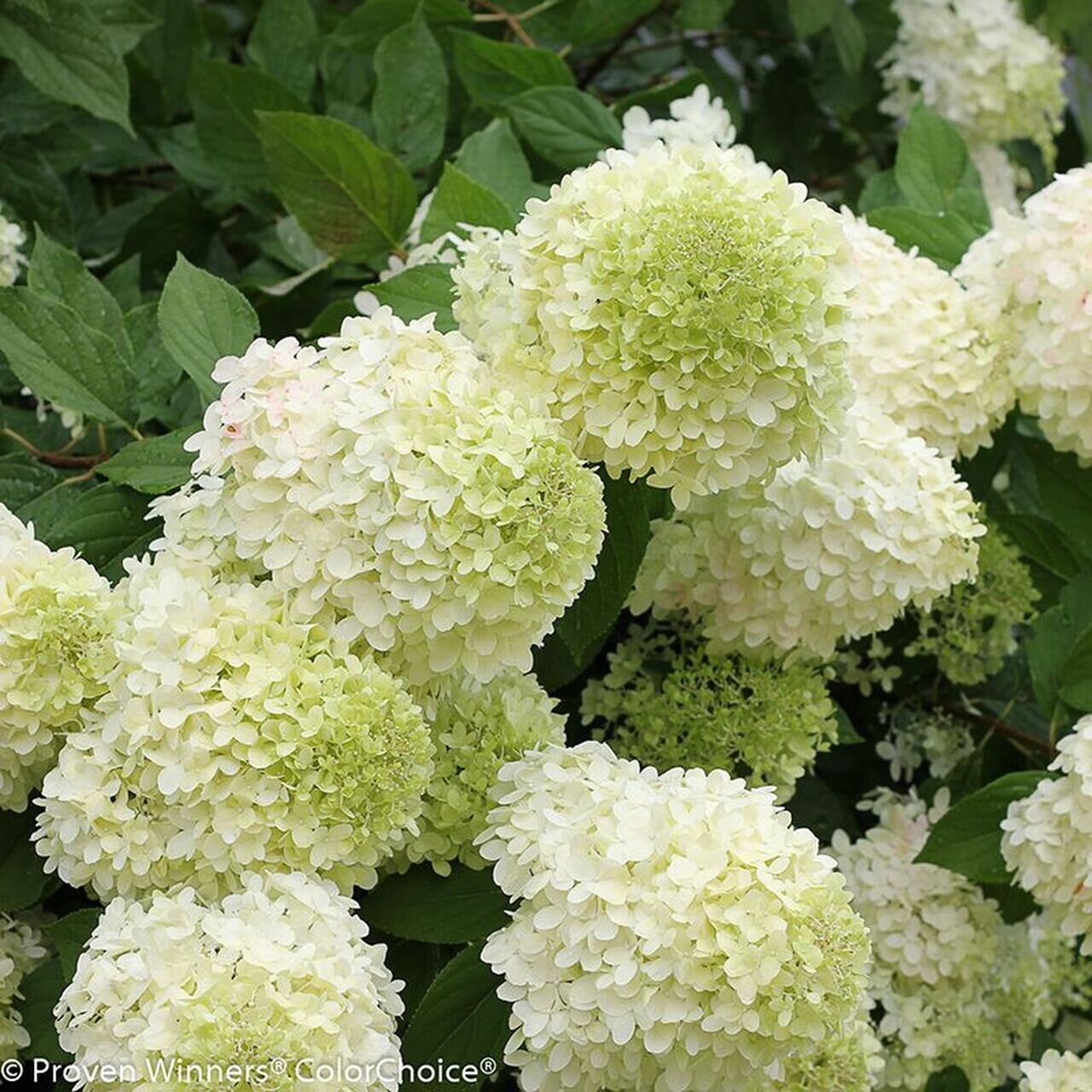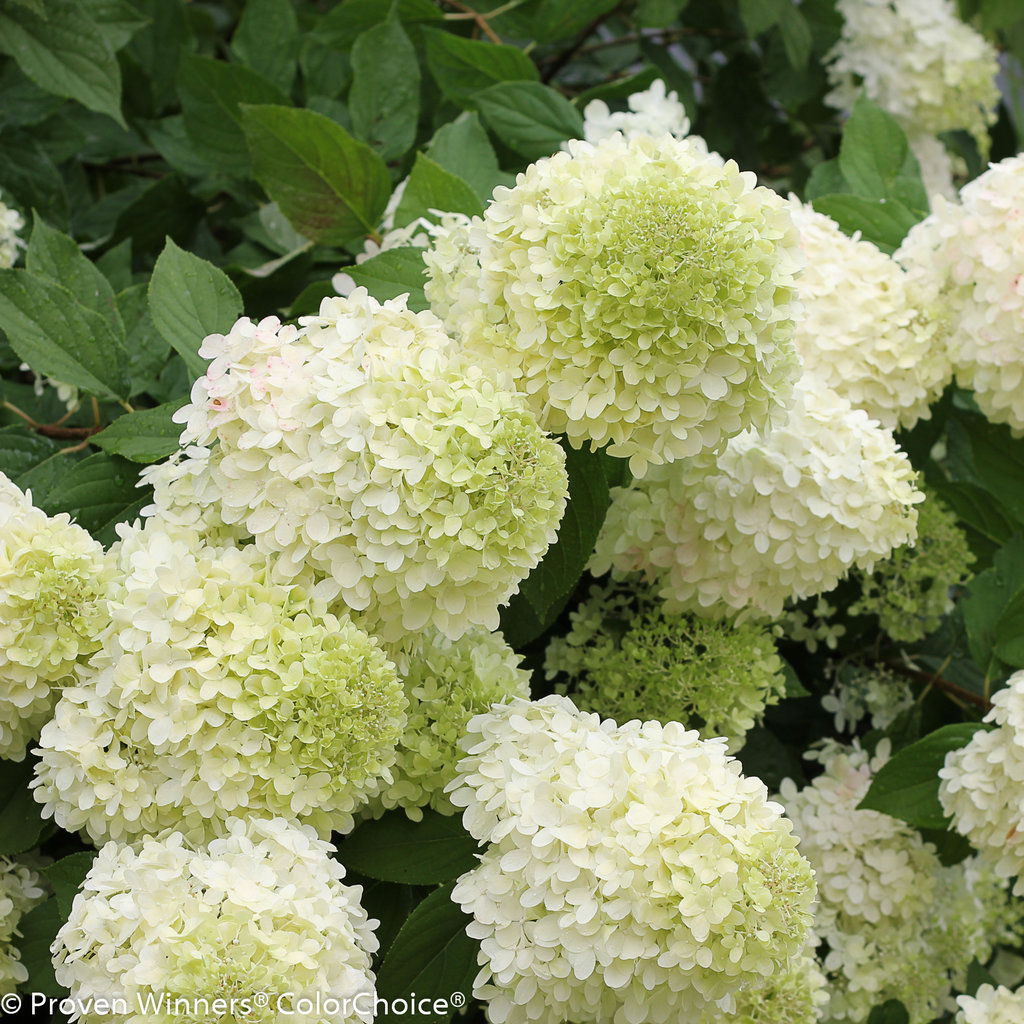Can You Grow Limelight Hydrangeas From Seeds
Can You Grow Limelight Hydrangeas from Seeds?
Limelight hydrangeas are a popular choice for gardeners because of their large, showy blooms. But can you grow them from seeds?
The answer is yes, but it's not as easy as growing them from cuttings. Hydrangea seeds are very small and difficult to handle, and they don't always germinate. However, if you're willing to put in the effort, it is possible to grow limelight hydrangeas from seed.
Here's a step-by-step guide on how to do it:
- Collect the seeds. The best time to collect limelight hydrangea seeds is in the fall, after the flowers have died. The seeds will be small and black, and they'll be found in the center of the flower head.
- Prepare the soil. Hydrangea seeds need a well-draining soil that is rich in organic matter. You can use a commercial potting mix or a mix of equal parts potting soil, peat moss, and perlite.
- Sow the seeds. Sow the seeds on the surface of the soil, and do not cover them. The seeds need light to germinate.
- Water the seeds. Keep the soil moist, but not soggy. You can use a spray bottle to water the seeds.
- Place the pot in a sunny spot. The seeds need full sun to germinate.
- Be patient. It can take up to 6 weeks for the seeds to germinate.
Once the seeds have germinated, you'll need to care for the seedlings as you would any other hydrangea. Water them regularly, fertilize them in the spring and summer, and protect them from frost in the winter.
With a little patience and care, you'll be rewarded with beautiful limelight hydrangeas that you grew from seed.
Here are some additional tips for growing limelight hydrangeas from seed:
- Start the seeds indoors 6-8 weeks before the last frost date in your area.
- Keep the seedlings in a warm, well-lit spot.
- Transplant the seedlings outdoors after the last frost date.
- Water the seedlings regularly, but don't overwater.
- Fertilize the seedlings every 6-8 weeks with a balanced fertilizer.
- Protect the seedlings from frost in the winter.
With proper care, your limelight hydrangeas will bloom for many years to come.
If you're looking for a stunning and low-maintenance hydrangea variety, look no further than limelight hydrangeas. These stunning plants produce enormous displays of 10-inch, pale green blossoms each summer that transition to soft white, cream, and pink through fall. They're also cold-hardy and drought-tolerant, making them a great choice for a variety of climates.
If you're interested in growing limelight hydrangeas from seeds, I recommend visiting . This website has a wealth of information about limelight hydrangeas, including planting instructions, care tips, and even a forum where you can connect with other limelight hydrangea enthusiasts.
FAQ of limelight hydrangea seeds
Q: How long does it take for limelight hydrangea seeds to germinate?
A: It can take anywhere from 10 to 14 days for limelight hydrangea seeds to germinate. However, it is not uncommon for germination to take longer, up to 6 months or more. Be patient and keep the soil moist, and eventually your seeds will sprout.
Q: What is the best way to plant limelight hydrangea seeds?
A: You can plant limelight hydrangea seeds indoors or outdoors. If you are planting indoors, start by filling a planting tray with a mixture of peat moss and perlite. Sow the seeds about 1/2 inch deep and cover with a thin layer of soil. Keep the soil moist and warm, and the seeds should germinate in about 10 to 14 days.
If you are planting outdoors, wait until the soil has warmed up to at least 60 degrees Fahrenheit. Sow the seeds about 1/2 inch deep and cover with a thin layer of soil. Keep the soil moist and weed-free, and the seeds should germinate in about 10 to 14 days.
Q: What kind of care do limelight hydrangea seedlings need?
Once your limelight hydrangea seedlings have germinated, they will need regular watering and sunlight. They will also need to be fertilized once a month with a balanced fertilizer. Be sure to water the seedlings deeply and regularly, and fertilize them according to the package directions.
Q: What are some common problems with limelight hydrangea seedlings?
Some common problems with limelight hydrangea seedlings include damping off, root rot, and mealybugs. Damping off is a fungal disease that can cause seedlings to wilt and die. Root rot is another fungal disease that can cause the roots of seedlings to rot. Mealybugs are small insects that can suck the sap out of seedlings, causing them to wilt and die.
If you see any of these problems, you can treat them with a fungicide or insecticide. However, it is best to prevent these problems from occurring in the first place by providing your seedlings with proper care.
Q: Where can I buy limelight hydrangea seeds?
Limelight hydrangea seeds are available from a variety of online and offline retailers. You can find them at garden centers, nurseries, and online retailers like Amazon and Etsy.
Image of limelight hydrangea seeds
- Image 1: A close-up of a handful of limelight hydrangea seeds. The seeds are small and dark brown.

- Image 2: A row of limelight hydrangea seeds germinating in a seed tray. The seedlings are small and green.

- Image 3: A mature limelight hydrangea plant in bloom. The flowers are large and white.

- Image 4: A close-up of a limelight hydrangea flower. The petals are soft and delicate.

- Image 5: A landscaped garden with a limelight hydrangea plant in the foreground. The plant is surrounded by other flowers and shrubs.

Post a Comment for "Can You Grow Limelight Hydrangeas From Seeds"